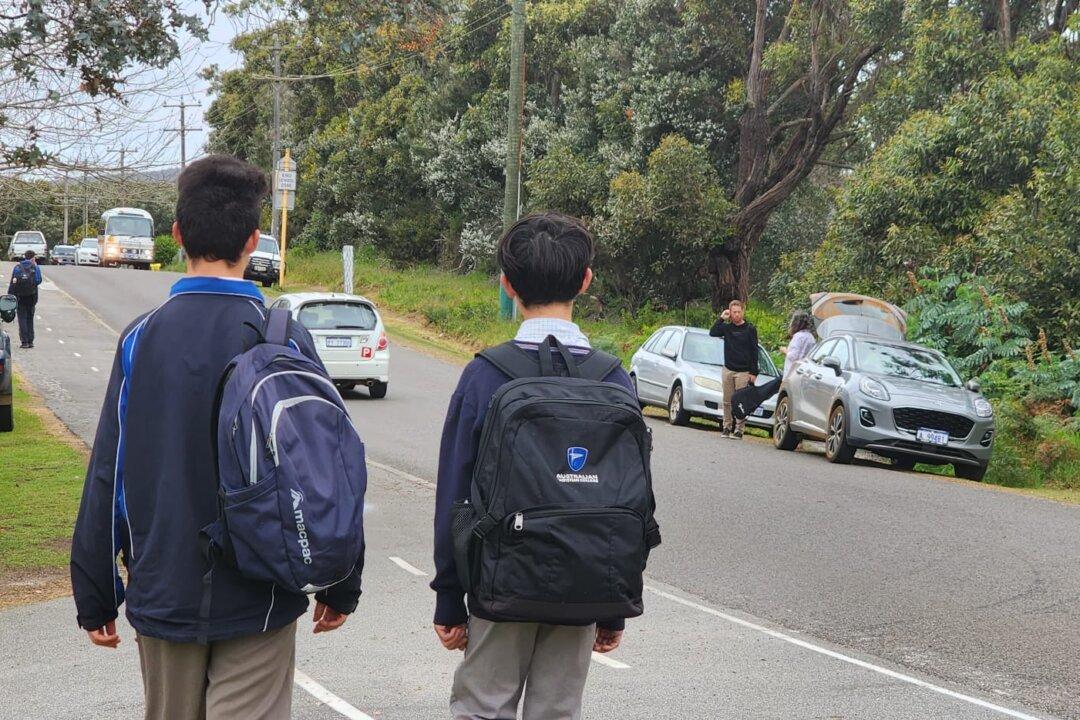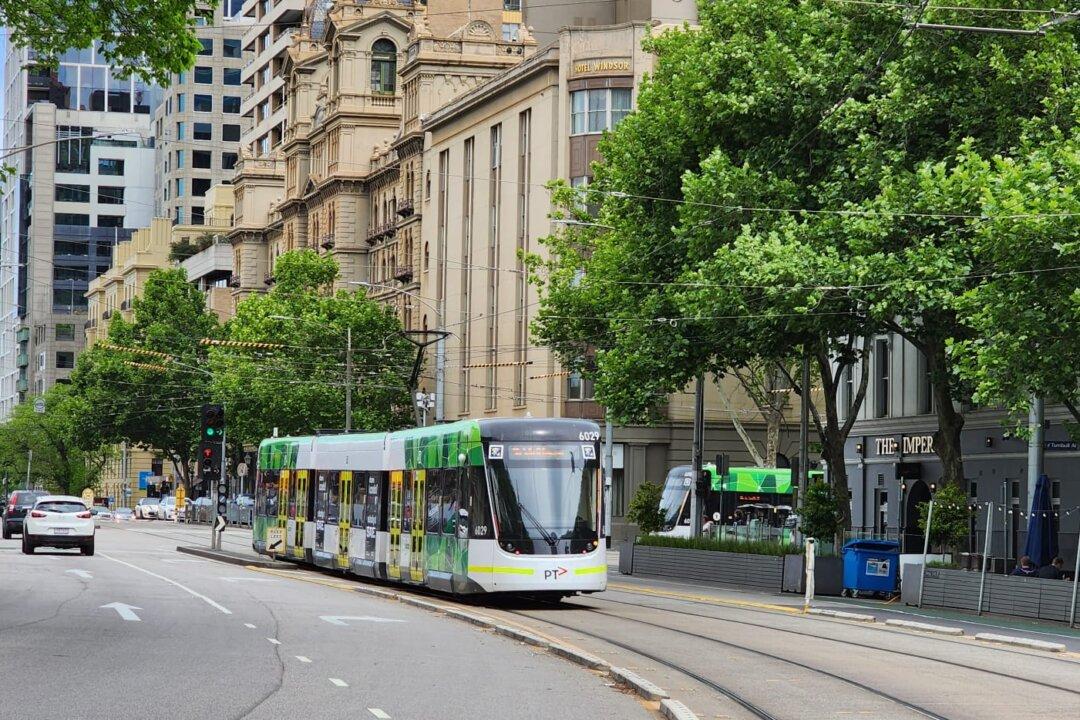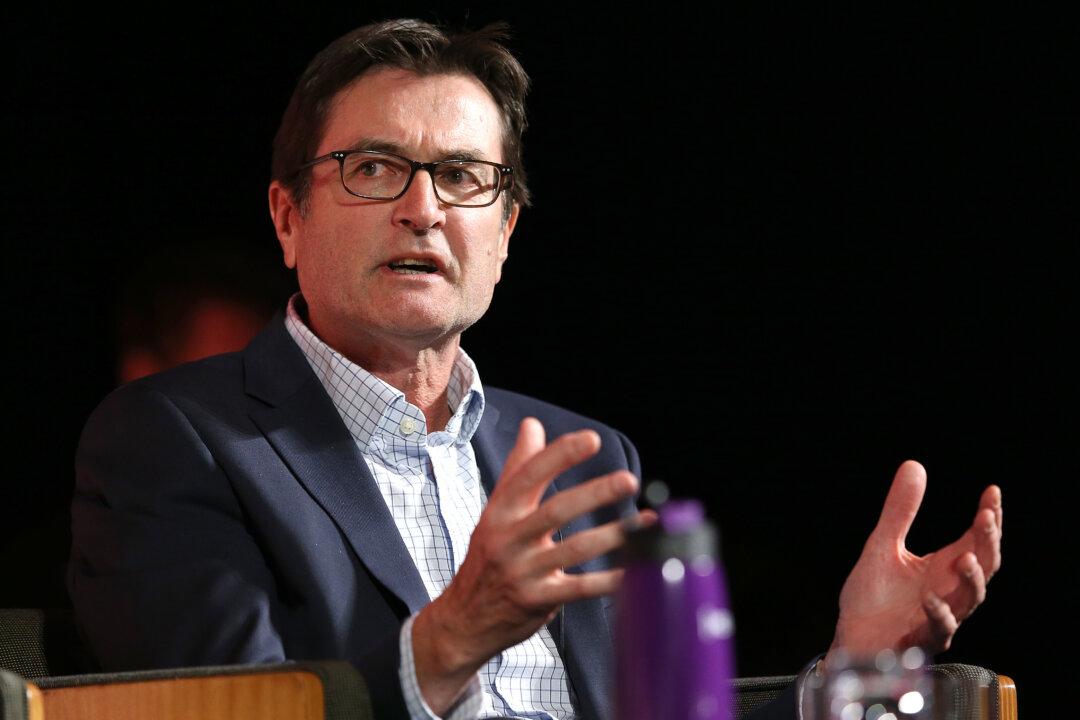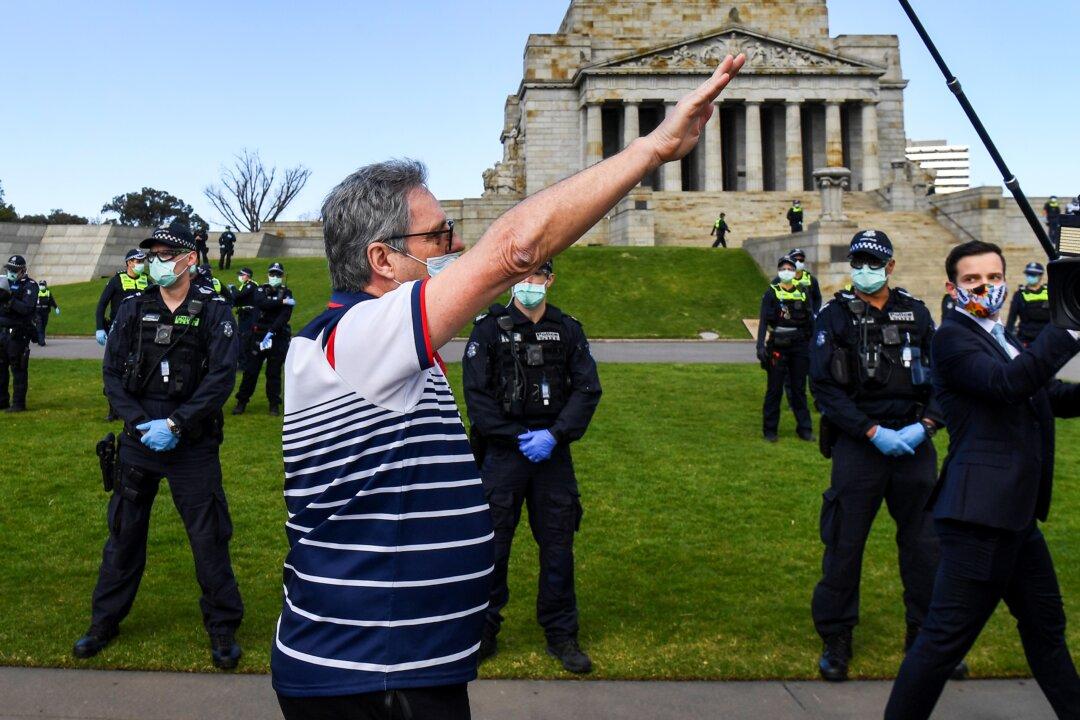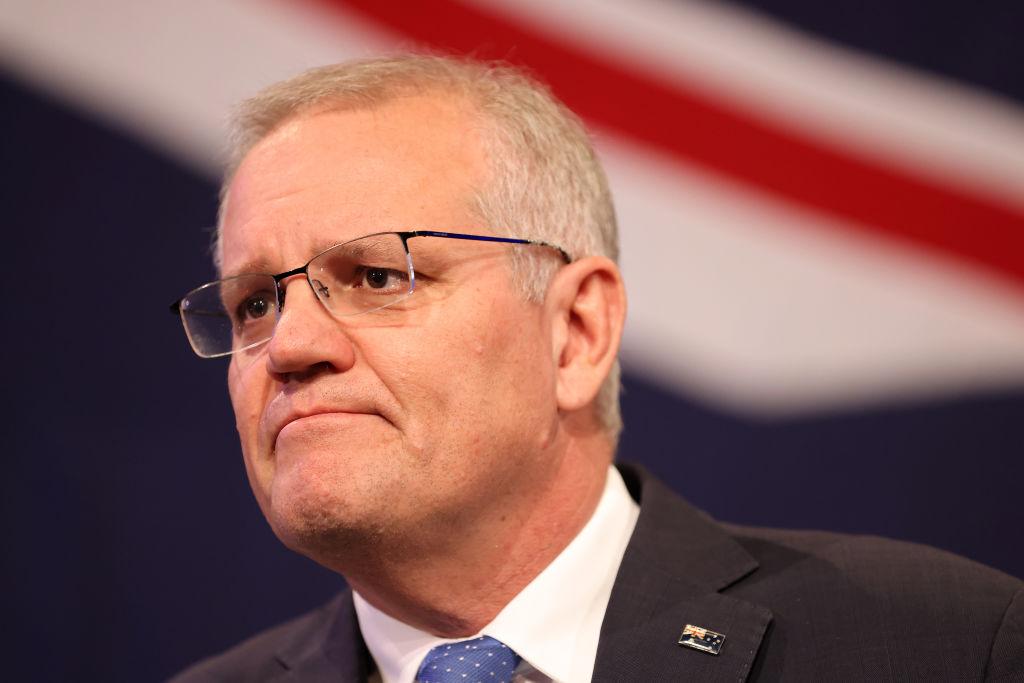Australian teachers aren’t doing enough to sufficiently engage students in classroom learning, according to university researchers.
A research paper conducted by the University of South Australia in conjunction with Flinders University and the University of Melbourne’s Graduate School of Education revealed that less than a third of teachers are engaging students in complex learning, hindering problem solving and critical thinking abilities.
